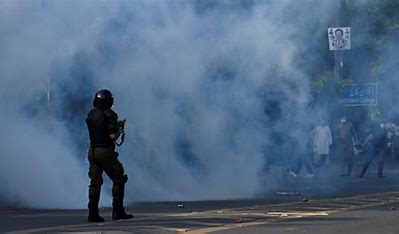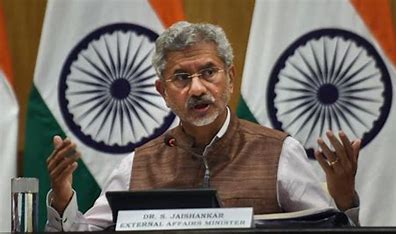
The India Meteorological Department (IMD) has attributed the extreme hot weather conditions currently prevailing in Punjab to stubble burning practices in the state. During a media briefing in Chandigarh, IMD Chandigarh Director Ajay Kumar Singh highlighted the role of crop residue burning in exacerbating heat levels.
“Stubble burning at the end of the paddy and wheat seasons has significantly increased carbon dioxide levels in the environment, leading to higher temperatures,” Singh stated. He was accompanied by IMD scientist Shivinder Singh. “Every activity we undertake leaves a carbon footprint, but stubble burning is the primary cause of the extreme temperatures we are experiencing,” he added.
Punjab has been grappling with unusually high temperatures this month. On Monday, the mercury soared to 48.4 degrees Celsius in Bathinda. This spike coincides with the wheat harvesting season, during which farmers burn crop residue. Punjab has reported over 11,000 field fires this season.
Singh emphasized the detrimental impact of stubble burning on the environment and agriculture. “The stubble that could have been used to nourish the next crop is instead converted into carbon dioxide, contaminating the immediate environment. Additionally, paddy cultivation produces methane gas, making it unsuitable for Punjab and Haryana. Farmers should reconsider planting paddy,” he urged.
Addressing the feasibility of artificial rain through cloud seeding in Punjab, Singh explained the limitations. “Cloud seeding can only be effective with a humidity level of at least 30 percent. Our summers are typically dry. Even if artificial rain is possible, controlling where and how much rain falls is unpredictable, as seen with recent floods in Dubai caused by cloud seeding,” he said.
With the Lok Sabha elections approaching and campaigning intensifying—Punjab heads to the polls on June 1—weather experts have advised the public to stay indoors between 11 am and 4 pm. For those who must go outside, it is crucial to avoid sudden exposure to high temperatures from air-conditioned environments. “Transitioning directly from an air-conditioned room, where temperatures range from 20 to 25 degrees Celsius, to outside temperatures of 40 to 45 degrees can shock the body. It’s best to acclimatize gradually before stepping out,” Singh advised.
In response to inquiries about predicting weather for specific events like weddings, Singh clarified that accurate forecasts are only possible up to five days in advance. “We can confirm that the monsoon will reach us on June 30,” he added.















